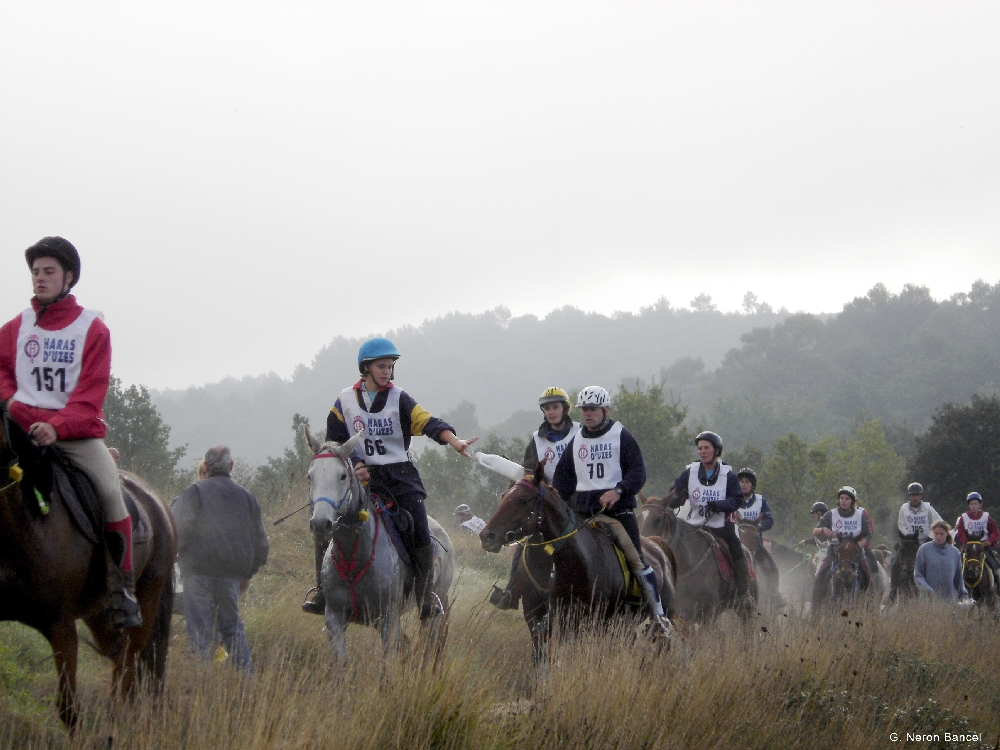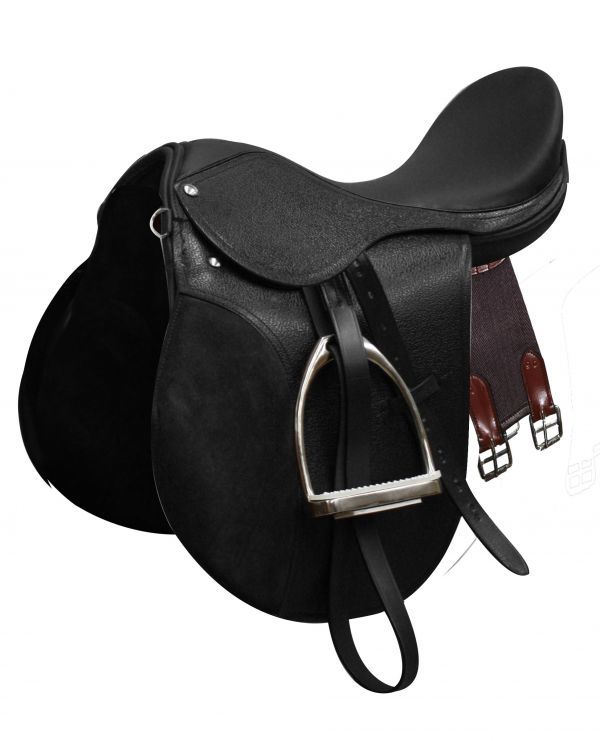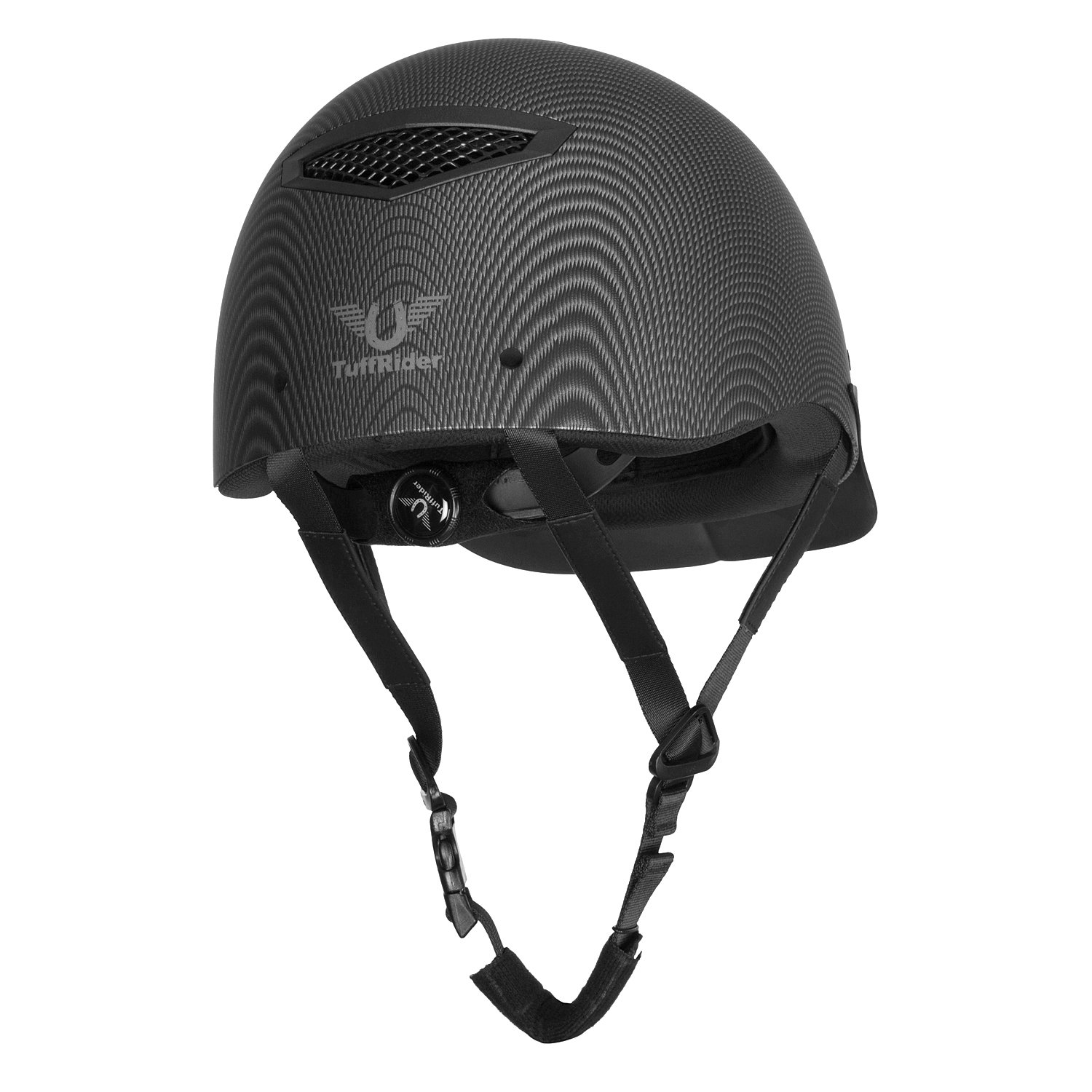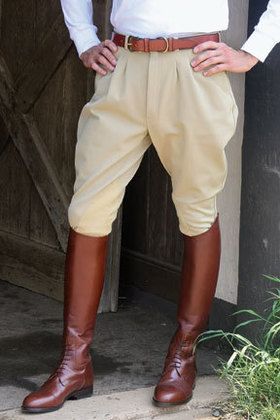Endurance riding is an equestrian sport based on controlled long-distance races. It is one of the international competitions recognized by the FEI. There are endurance rides worldwide. Endurance rides can be any distance, though they are rarely over 160 km for a one-day competition.
There are two main types of long-distance riding, competitive trail riding and endurance rides. In an endurance ride, discussed in this article, the winning horse is the first one to cross the finish line while stopping periodically to pass a veterinary check that deems the animal in good health and fit to continue. As with human marathon running, many riders will participate to improve their horse’s personal best performance and consider finishing the distance with a proper vet completion record to be a “win”.
In the United States, most endurance rides are either 50 or 100 miles (160 km) long. Shorter rides, called Limited Distance rides (LD), are organized for new riders to the sport or young horses being trained. However, LD’s have evolved into a competition of their own, in which more experienced riders and horses also participate. There are also longer, usually multi-day, rides as well. In the US, the American Endurance Ride Conference (AERC) sanctions endurance rides. In the UK, Endurance GB is the governing body. Winning riders can complete 100-mile (160 km) rides in 14 to 15 hours
Any breed can compete, but the Arabian generally dominates the top levels because of the breed’s stamina and natural endurance abilities.







